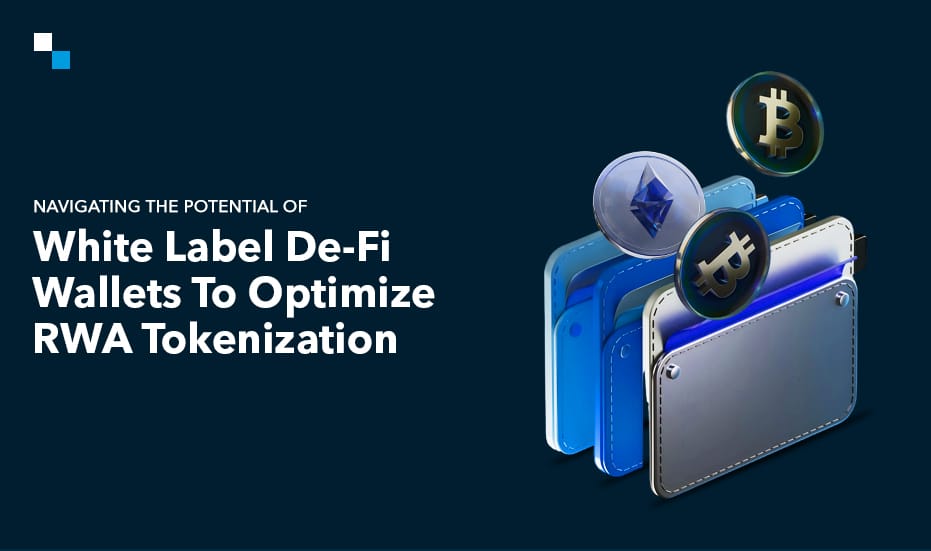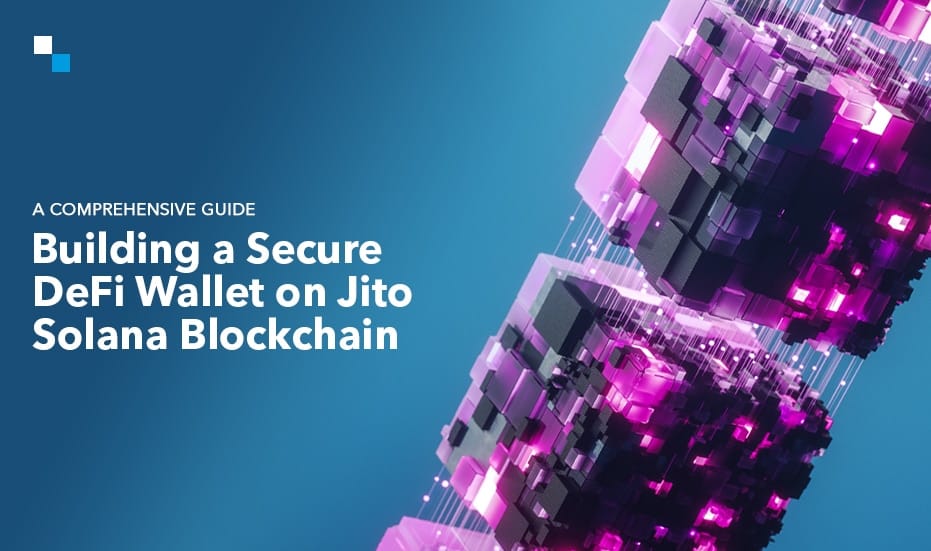Despite early speculations, DeFi is finally gaining acceptance as a mainstream medium to drive financial services. The various benefits of DeFi, such as transparency, autonomy, availability, and the lack of third parties, have made it quite popular among users. For example, DeFi wallets are blockchain-based storage solutions for cryptocurrency.
They are the primary means by which DeFi platforms and users communicate with one another. Let’s take a look at some of the most crucial aspects to decide How to Develop your DeFi Wallet, one of the most prevalent DeFi projects.
Advantages of Decentralized Wallet Development :-
1. Total Control – You have complete control over your finances, your store and control over your money in crypto accounts rather than surrendering it to banks, companies, or the government. As a result, whether a bank or a country falls bankrupt or a victim of hackers, fraudsters, or corrupt authorities, you will not lose your money.
2. Traditional financing is slower – Traditional banks take several days if not longer, to process a deposit or a loan. In DeFi, depending on the blockchain, it can take a few seconds or minutes.
3. Transparency to the max – All DeFi projects are built on open source code, allowing anyone to inspect them and ensure that they are trustworthy and secure. None of the banking and government systems work in the same way.
4. Confidentiality is paramount – Smart contracts and apps created with DeFi are pseudo-anonymous, containing just public addresses. Personal identity does not need to be linked to a DeFi project.
5. Secondary Income -. Users of the DeFi app can generate passive income from crypto assets (deposits, loans, and insurance) while also saving money on transfers, loans, warranties, and insurance fees.
6. Automated Transactions – Smart contracts enable automating most decentralized finance business activities, reducing their execution time, cost, and reliance on third parties.
7. Independent Systems – Users enjoy complete ownership over their possessions. DeFi does not necessitate the use of centralized intermediaries or regulators.
8. Security – The information stored on the blockchain is irreversible. Hence , no one can breach the security of your important data. Furthermore, the absence of a single point of failure reduces the overall vulnerability of the system.
9. Remote Access – Regardless of regional or governmental constraints, anyone may link a crypto wallet to the DeFi blockchain network and begin using it.
When undertaking your decentralized wallet development, you should consider the following :-
- Audit your software with independent auditors, notably smart contracts that manage customers’ money. Also, test your wallet in case of a network outage or a hacker attack. Identifying flaws will aid in system optimization and error prevention.
- Implement a number of safeguards to protect the wallet from the user’s perspective. Use two-factor authentication, biometric security measures, and log out after an extended period of inactivity.
- Add the functionality to set a withdrawal limit, along with security measures to prevent this option from being used.
- Users’ private keys should not be stored in the system.
Following steps are essential in creating a decentralized wallet development is given below :
Step 1: Establishing project objectives
First and foremost, you must determine which DeFi wallet you require. What exactly should it perform? What tasks should it solve for the user? To do so, you’ll need to do a market, target audience, and competitive study. This way, you’ll know whether you need to design software from scratch or create a script clone of the well-known DeFi wallet, which will save you a lot of time and money.
Develop your own DeFi wallet
Schedule Free DemoStep 2: Decide on the type of DeFi wallet you want.
After that, you must decide on the type of DeFi wallet you want to use: Wallets for your desktop. They are placed on a computer or laptop and, because they have no constraints on the device’s power or memory, they usually enable the maximum capability. Electrum and Bitgo are two examples.
- Web-based Apps : Users interact with them via a browser, necessitating more care in assuring the security of the user’s device connected to your service. MetaMask, Guarda, and MyEtherWallet are three popular web wallets.
- Hardware cradles : They are a type of device used to hold, so that private keys are stored on a memory card; this is possibly the safest option to hold cryptocurrency assets (flash drive). Ledger Nano and TREZOR are two famous examples.
- Mobile Wallets : They are the handiest and are installed on smartphones. They provide access to the wallet from anywhere in the world. Coinbase, Trust Wallet, and Argent are all popular examples.
Step 3: Create an architectural design of your wallet
The next step is to decide where your DeFi wallet will be hosted (on local servers, in the cloud, or as a hybrid), which blockchain it will utilize, which tokens it will support, and which other systems it will integrate with. Additionally, you must specify whether your wallet will hold user funds and private keys (and how).
Step 4: Creating the Platform Design
The next stage is to create the wallet’s user interface. You must figure out the fundamental concept, user flow, color scheme, tone of voice (ToV), and other factors.
Step 5: Protect your DeFi wallet by encrypting it.
Your wallet begins to take shape at this point. The architecture, design, and functionality of your DeFi wallet are coded by front-end, back-end, blockchain, and mobile developers.
Step 6: Wallet testing in a real-life environment
Make sure the wallet you’ve designed has passed all of the relevant tests for stability, usability, security, and operating under high loads before releasing it. Once all critical challenges have been handled, you may scale the wallet and even connect it with other technologies like third-party DeFi protocols, AI, Big Data, IoT, etc.
Final Thoughts
DeFi wallet development demands hands-on proven experience in blockchain. At Antier, we have implemented numerous wallet solutions for customers across the industries. If you have a project in mind, we have a strategic roadmap for you. Reach us today!





